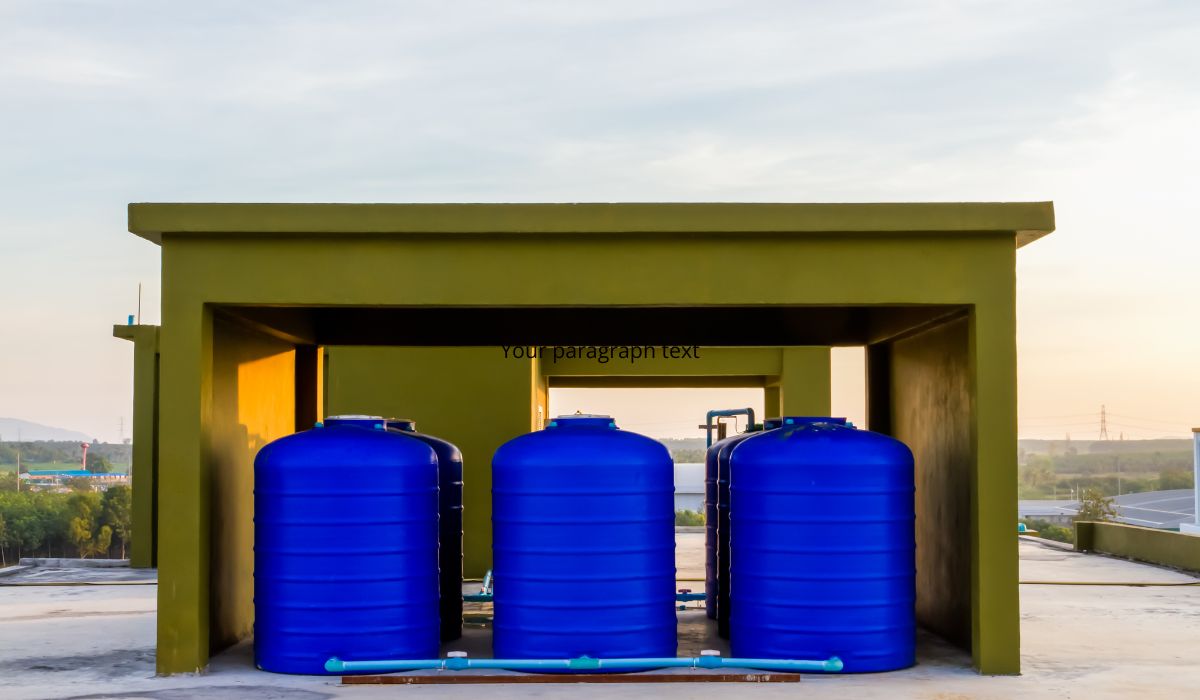What are Large Water Tanks and How They are Used
Large water tanks play a crucial role in water storage and conservation. These robust containers, designed to hold substantial volumes of water, are used for various purposes. From commercial and industrial applications to residential use, large water tanks ensure a steady supply of water. They are particularly valuable for rainwater harvesting systems, which promote sustainable water management. The installation process for these tanks requires careful consideration of factors such as capacity, material, and location. Different types of water tanks, including concrete, steel, and plastic, cater to diverse needs. Investing in a reliable water storage tank guarantees water availability even during times of scarcity.
What are the key benefits of installing a large water tank?
In today’s eco-conscious world, large water tanks have emerged as indispensable allies in water conservation efforts. The advantages of these tanks are manifold. Firstly, they offer a substantial capacity for rainwater collection, ensuring a readily available and renewable water supply. Secondly, they provide a cost-effective solution for storing water, reducing dependency on municipal sources, and lowering utility bills. Additionally, large water tanks serve as an environment-friendly choice by reducing strain on natural water resources. Installing these tanks not only promotes sustainability but also offers long-term benefits for individuals and communities alike.
The Different Types of Large Water Tanks & Their Pros & Cons
There are various possibilities when it comes to huge water tanks, each with its pros and cons. Plastic, steel, and concrete tanks are commonly used materials. Plastic tanks are lightweight and easy to install, while steel tanks offer durability and strength. Concrete tanks are known for their longevity, but they can be costly to construct. Additionally, water tanks can be classified as above-ground or underground, with each option having its advantages and disadvantages. Finally, polyethene and fibreglass tanks offer different features, such as chemical resistance and corrosion protection. Choosing the right type of water tank depends on factors like budget, location, and specific requirements.
Choosing the Right Size for Your Home or Business’s Large Water Tank
When choosing the optimum size for the large water tank in your residence or place of business, making the right choice is crucial. Before deciding, consider factors such as water consumption, usage patterns, and future needs. Determine how much capacity you require by analysing your daily water usage and considering peak demands. It’s essential to strike a balance between having enough storage and avoiding excessive costs or wasted space. By carefully assessing your needs, you can choose the perfect size tank that ensures an uninterrupted water supply while optimising efficiency and cost-effectiveness.
Installation Tips & Guidelines for Your New Large Water Tank
Installing a large water tank can be a significant investment, ensuring a reliable water supply for various purposes. To ensure a seamless installation process, follow these helpful tips and guidelines. Firstly, choose an appropriate location, considering factors such as accessibility, ground stability, and proximity to water sources. Secondly, ensure proper preparation by levelling the ground and making sure the tank’s base is stable. Thirdly, carefully connect the tank to the water source, ensuring a secure and leak-free connection. Finally, don’t forget to regularly inspect and maintain your tank to ensure its longevity and optimal performance. Following these installation tips will ensure a successful and efficient setup of your new large water tank.
Conclusion
Large water tanks offer numerous benefits that make them a valuable investment for various purposes. These tanks provide a reliable and ample water supply for residential, commercial, and agricultural needs. They help in water conservation, reducing reliance on municipal water sources, and mitigating the effects of water scarcity. Additionally, large water tanks offer cost savings, as they allow for bulk purchasing and storage of water. They also provide flexibility in terms of usage and can be customised to meet specific requirements. Overall, incorporating large water tanks into your infrastructure is a wise decision that ensures long-term sustainability and efficient water management.




